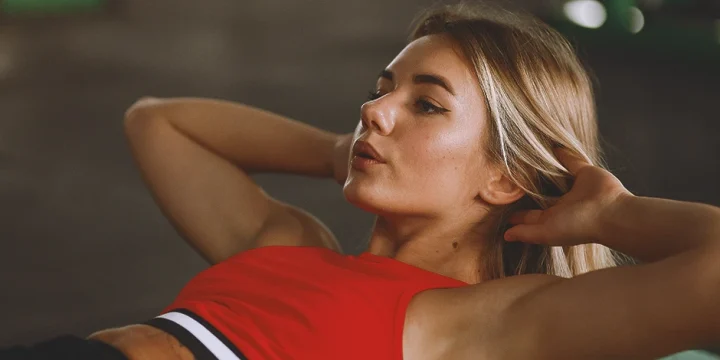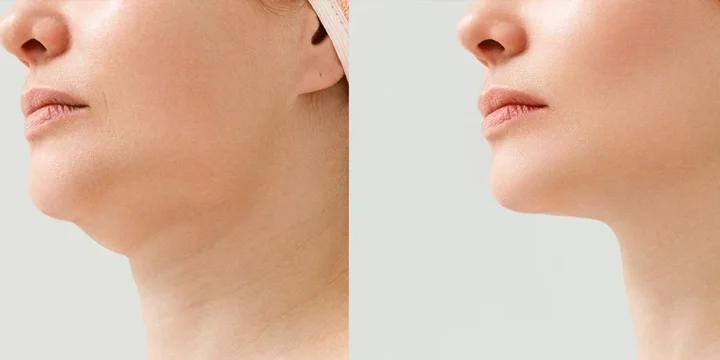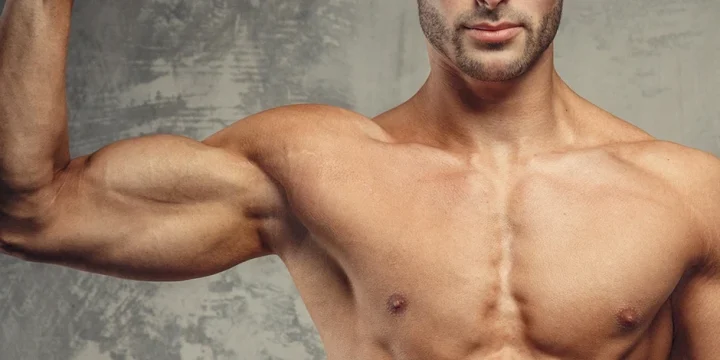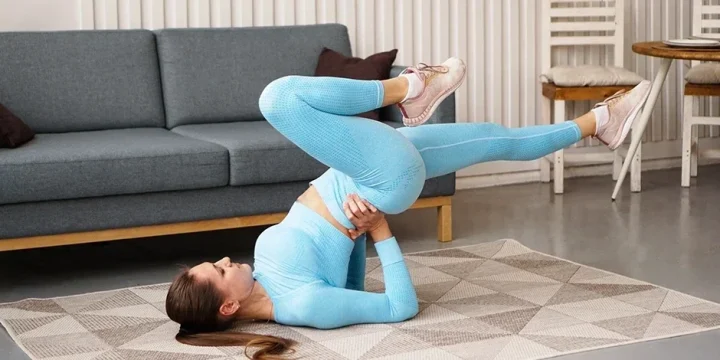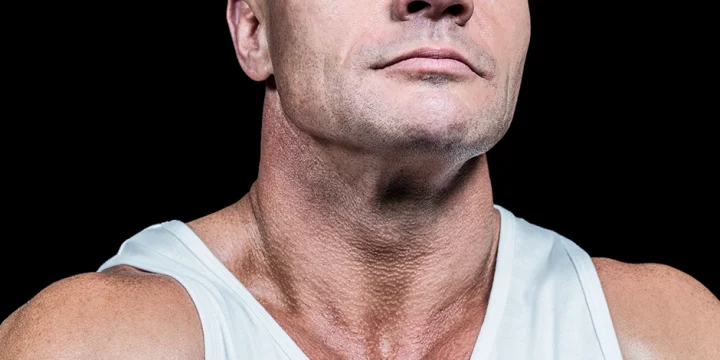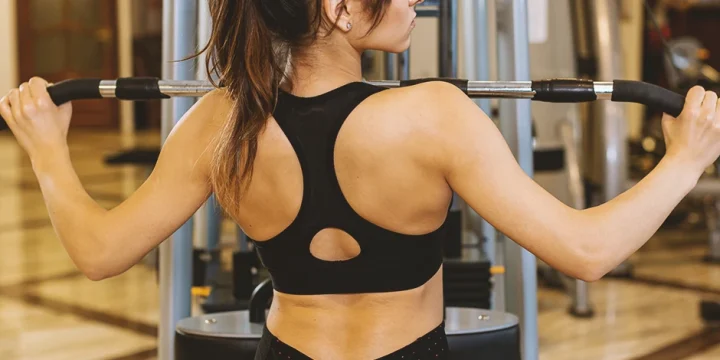If you’ve ever had to deal with stiff and sore neck muscles after a workout, then you know how inconvenient it can become. Not only can the neck pain be annoying during the day, but it can disrupt your sleep as well.
My physio suggested targeted levator scapulae stretching to solve these issues. The problem is that you can easily do this stretch wrong and make it less effective.
So, I got my physio to help out with this post and to provide some suggestions for ideal timing and what benefits to expect.
Quick Summary
- The four levator scapulae stretches are side tilts, head rotation, banded neck stretches, and towel neck stretches.
- Gently pulling and stretching the levator scapulae muscle releases tension, making it a beneficial practice post-workout and before bed for upper-body relaxation.
- The National Institute of Health notes that neglecting muscle stiffness in the levator scapulae can lead to chronic pain, reduced neck mobility, and sleep disturbances.
- In my view, regularly stretching the levator scapulae is not only therapeutic but also crucial for injury recovery and prevention, enhancing flexibility and daily function.
How To Do A Levator Scapulae Stretch

As a trainer, I recommend these simple levator scapulae stretches post-workout and during the day, especially if you sit at a desk for extended periods.
1. Side Tilts
This is the simplest stretch, and what you do is pull your shoulder blades together and bring your shoulder joints back.
Then tuck your chin closer to your neck and tilt your head as far left as possible.
You can also gently pull your head further down with your right hand to the left side.
2. Head Rotation
The head rotation is another simple way to relieve soreness in the levator scapulae muscles.
Tuck your chin close to your neck and then turn your head as far left as possible.
Basically, bring your chin as close to your left shoulder as possible.
You can also gently pull your chin a bit further to intensify the stretch.
3. Banded Neck Stretch
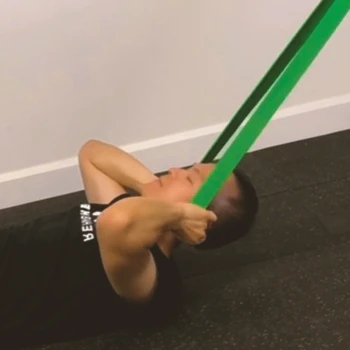
If you have more severe neck pain, then using bands can help a lot. Stand on a resistance band and hold the handle with your left arm.
Push your left shoulder blade downward and turn your head to the right shoulder.
Now, place your right hand on the back of the head and gently pull it to the same side. You’ve now got a stretching pull in both directions.
Related Articles:
- Best Resistance Band Stretching & Mobility Exercises
- Best Resistance Band Shoulder Exercises
- Full-Body Resistance Band & Bodyweight Circuit Workout
4. Towel Neck Stretch
If you don’t have a resistance band, then you can do a slight variation using a towel.
The starting position is holding one end of a towel behind your back and the other end in front of you in your right arm.
The center of the towel should be on your shoulder, and you then turn your head to the right.
You should feel that this pulls your shoulder blade and upper back down. You can increase the stretch if you gently pull down the towel at both ends.
What Are The Benefits?

As a trainer, I've observed the following key benefits from performing the levator scapulae stretch.
1. Neck Pain Relief
The cervical spine can quickly end up with painful symptoms of muscle stiffness.
The pain can often seem like it’s coming from the shoulders and traveling to the top four cervical vertebrae.
As noted by the National Institute of Health (NIH), people who don’t address that stiffening of the muscles will likely run into issues like chronic pain, reduced neck mobility, and even trouble sleeping [1].
2. Improved Posture
According to PhysioPedia, forward head posture is a significant problem for people who sit at a desk all day. Weakening back and neck muscles, which tilts the head forward and makes the problem worse [2].
By stretching and strengthening the neck muscles, you can solve this head-forward problem.
“Any activity that causes a person to lean their head forward for a prolonged period of time can lead to chronic FHP.”
- Angela M. Bell, MD.
Also Read: Best Erector Spinae Exercises
3. Release Muscle Tension
When you gently pull and stretch the levator scapulae muscle, it can release a lot of tension.
It’s like when you have a leg cramp and you stretch the muscle to release it.
For that reason, I like doing this stretch after a workout and even before I go to bed to fully relax my upper body.
4. Aids in Injury Recovery and Prevention
For those recovering from neck or shoulder injuries, stretching the levator scapulae is crucial.
It aids in the healing process and, when done regularly, can prevent future injuries by maintaining muscle elasticity.
5. Enhances Flexibility
Stretching this muscle increases flexibility in the neck and shoulder regions.
Improved flexibility can lead to a better range of motion, making daily activities easier and reducing the risk of muscle strains or injuries.
FAQs
How Do You Release A Tight Levator Scapulae?
You can release a tight levator scapulae muscle by doing simple stretching exercises. Tilting the head in the opposite direction and pushing your shoulder down will lengthen the muscle and provide relieving stretch.
What Causes Levator Scapulae Tightness?
Any injury or repetitive activity can cause levator scapulae tightness. It’s commonly associated with spending a lot of time at a computer, but it can also happen through exercise.
References:
- https://pubmed.ncbi.nlm.nih.gov/35597981/
- https://www.physio-pedia.com/Forward_Head_Posture
About The Author
You May Also Like
